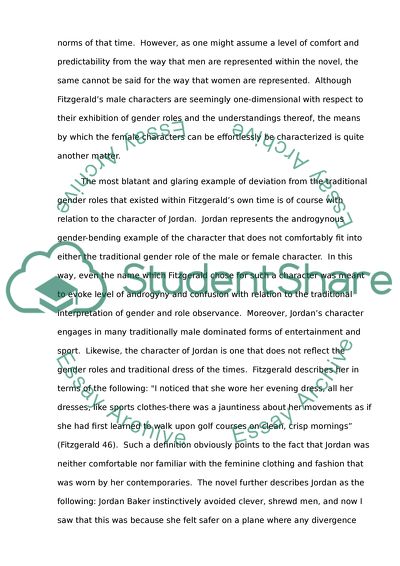Cite this document
(“Gender Roles within The Great Gatsby Essay Example | Topics and Well Written Essays - 2000 words”, n.d.)
Retrieved from https://studentshare.org/literature/1467376-gender-roles-within-the-great-gatsby
Retrieved from https://studentshare.org/literature/1467376-gender-roles-within-the-great-gatsby
(Gender Roles Within The Great Gatsby Essay Example | Topics and Well Written Essays - 2000 Words)
https://studentshare.org/literature/1467376-gender-roles-within-the-great-gatsby.
https://studentshare.org/literature/1467376-gender-roles-within-the-great-gatsby.
“Gender Roles Within The Great Gatsby Essay Example | Topics and Well Written Essays - 2000 Words”, n.d. https://studentshare.org/literature/1467376-gender-roles-within-the-great-gatsby.


